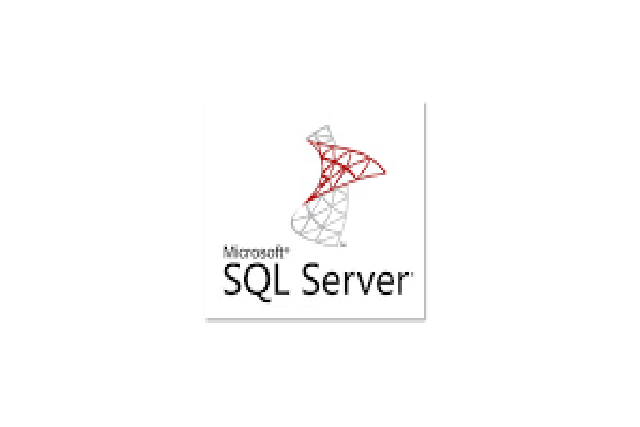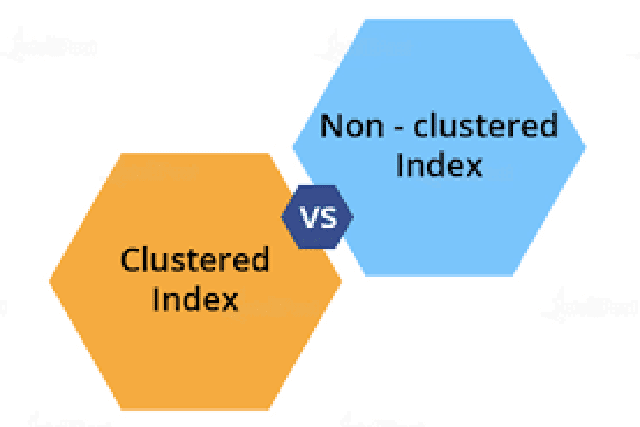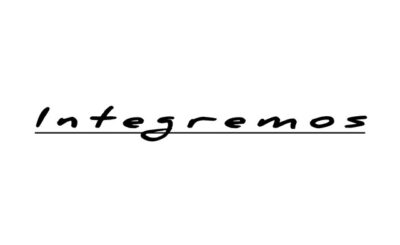Indexes are crucial components in the database industry that improve data retrieval performance. Clustered and non-clustered indexes are two of the most widely useful index types. In database management systems, indexes play a critical role in query performance by providing fast access to table records. Clustered and non-clustered indexes are the two types you’ll typically come into when working with indexes. Gaining insight into the distinctions between these two kinds will enable you to enhance performance and optimize your database queries. This article will examine clustered vs. non-clustered indexes examples and comparisons of clustered and non-clustered indexes in Oracle and SQL Server.
Table of Contents:
What Are Indexes?
It’s critical to grasp the definition of an index before delving into the specifics of clustered and non-clustered indexes. A database feature that accelerates data retrieval from a table is called an index. It functions as a lookup table to assist the database engine in finding the data fast without having to search through the complete table. Imagine it like a book’s index: you use it to quickly recognize the relevant pages rather than having to read every page to find a specific topic.
Clustered Indexes
A clustered index arranges the data rows physically in a table. When you create a clustered index, the database reorders the contents of the table to match the index order. Below is a summary of the clustered indexes.:
Physical Order: The data rows in a clustered index are arranged and saved based on the index key. Since the data can only be physically sorted in one order, There can only be one clustered index per table.
Main Key Index: A table’s main key is frequently utilized as the clustered index. This guarantees that the values of the primary key order the rows.
Performance: Because the rows are stored sequentially, clustered indexes are very effective for range queries that require obtaining a range of data.
A good example would be a table called Employees that has the columns HireDate, Name, and EmployeeID. The data rows in the Employees table will be sorted by EmployeeID if you establish a clustered index on EmployeeID. inquiries that are looked up by EmployeeID will perform quickly.
Non-clustered Indexes
In contrast, A non-clustered index does not affect the physical order of the data rows. Rather, it builds a structure apart from the data table. Characteristics of non-clustered Indexes are as follow,
Logical Order: The data rows are arranged logically by non-clustered indexes. Indexes contain pointers to the actual locations of the information in the table.
various Indexes: You can optimize different kinds of queries by creating multiple non-clustered indexes on a single table.
Performance:Non-clustered indexes help when a query does not depend on a range of rows or when you use several distinct search keys.
For example, to construct a non-clustered index on HireDate for Employees table, the index will arrange the rows according to HireDate, but the data itself will remain in the original order. This index will be useful for queries searching by HireDate.
Oracle’s Clustered vs. Non-clustered Indexes

With a few Oracle-specific features, clustered and non-clustered indexes in Oracle databases function similarly to those in other relational database management systems.
Clustered Indexes:
Oracle does not have the concept of clustered indexes in the same way as SQL Server.
Non-clustered Indexes:
In Oracle, the concept of non-clustered indexes are referred to simply as indexes. These indexes store a sorted list of key values and references to the table’s actual data rows. Oracle supports improving query performance on different columns by building numerous non-clustered indexes.
Clustered vs. Non-clustered Indexes in SQL Server

The Clustered and non-clustered indexes in SQL Server have different features:
Clustered Indexes:
SQL Server stores and sorts table data physically using clustered indexes. By default, the principal constraint generates a clustered index; however, You can choose an alternate column as the clustered index if needed.
Non-clustered Indexes:
SQL Server permits multiple non-clustered indexes on a table. By building distinct structures that point to the real data, each non-clustered index optimizes queries and searches based on various columns.
Examples of Clustered and Non-clustered Indexes
Take the Employees table, for example, which has the columns EmployeeID, LastName, and FirstName. When we create a clustered index on EmployeeID, the database will physically sort the contents by EmployeeID. As a result, it will be incredibly quick to retrieve employee records using EmployeeID.
Choosing the Right Index
The particular requirements of your queries and the organization of your data will determine whether you choose a clustered or non-clustered index. To aid with the choice, consider the following guidelines:
Use a clustered index for columns that serve as the primary key, are commonly use in range queries, or both. Ensure that the clustered index key remains stable and narrow to prevent frequent data rearrangement.
Use columns that people frequently search or utilize in joins with the non-clustered index if they are not appropriate for the clustered index. In the event that your query patterns are varied, think about building several non-clustered indexes.
Conclusion
There are differences in the functions of clustered and non-clustered indexes in database management systems. Because clustered indexes reorganize data in the table based on the index key, they are effective for range searches and ordered queries. On the other hand, non-clustered indexes offer a distinct structure to expedite searches and queries without changing the data’s physical order.
When deciding between clustered and non-clustered indexes, consider your query patterns and performance needs. However, keep in mind that each index type has its own advantages and trade-offs. By understanding these indexes and their applications in Oracle and SQL Server, you can make informed decisions to enhance your database performance






